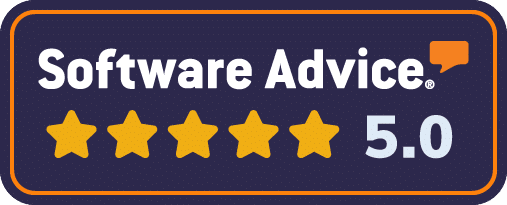How to Choose the Best 360-Degree Feedback Tool for Your Company
360-degree feedback has become essential for companies committed to developing their teams and leaders. However, choosing the right 360-degree feedback tool can make the difference between transformative insights and wasted effort. Here’s how to select the best platform for your organization’s unique needs.
Step 1: Define Your Goals Clearly
Before comparing platforms, clarify your primary goals:
- Leadership development
- Performance improvement
- Employee engagement
- Identifying skills gaps
Clear goals ensure you choose a tool aligned with your objectives.
Step 2: Look for Customization and Flexibility
The best 360-degree feedback tools allow significant customization, including:
- Branded surveys and reports
- Customizable feedback questions
- Flexible rating scales
Ensure the platform matches your company’s terminology, competencies, and reporting needs.
Step 3: Evaluate User Experience
An intuitive user interface improves participation and reduces admin burden. Look for:
- Mobile-friendly surveys
- Easy-to-use dashboards
- Clear, visual reports that stakeholders can quickly interpret
A positive user experience ensures higher adoption rates and better data.
Step 4: Check Data Security and Compliance
Because 360-degree feedback involves sensitive employee information, security is critical. Confirm that the tool:
- Complies with GDPR and relevant data protection standards
- Provides secure data encryption
- Offers transparent data management policies
Step 5: Consider Reporting and Analytics Capabilities
A strong 360-degree tool doesn’t just collect feedback—it provides actionable insights. Ensure your chosen solution offers:
- Detailed, easy-to-understand reports
- Benchmarking against industry standards
- Analytics that highlight clear development opportunities
Step 6: Integration Capabilities
Your feedback tool should seamlessly integrate with your existing HR systems:
- Learning Management Systems (LMS)
- Human Resource Information Systems (HRIS)
- Employee Performance Management systems
Integration simplifies your workflow and improves the efficiency of your HR processes.
Step 7: Look at Customer Support and Implementation
Great customer support can drastically simplify the rollout process. Evaluate the vendor on:
- Support responsiveness
- Implementation and onboarding assistance
- Availability of training resources
Step 8: Consider Cost and ROI
Pricing varies significantly. Compare platforms based on features, scalability, and the total cost of ownership, not just initial pricing.
Calculate potential ROI by considering:
- Time saved on administrative tasks
- Improved performance from insightful feedback
- Enhanced retention and employee satisfaction
Step 9: Read Reviews and Case Studies
Research online reviews and customer testimonials. Look for platforms with proven success in companies similar to yours.
Conclusion
Choosing the right 360-degree feedback tool involves aligning features, security, flexibility, integration, and cost with your organizational goals. By carefully considering these criteria, you can confidently select a platform that enhances your team’s growth and drives measurable results.
Ready to see what a top-rated 360-degree feedback platform looks like? Request a demo of G360 Surveys today.


